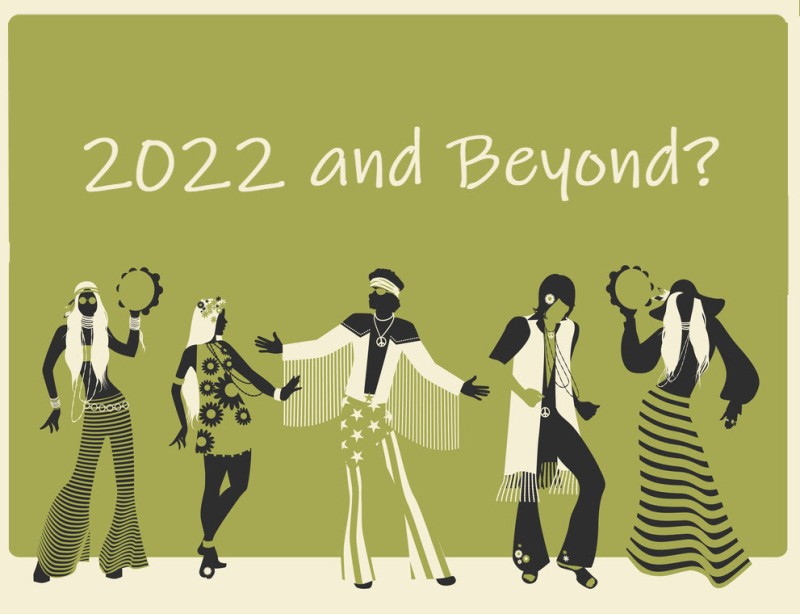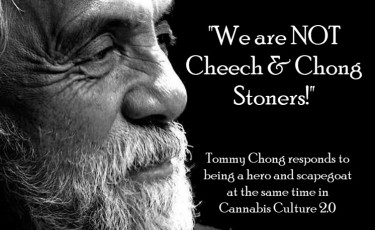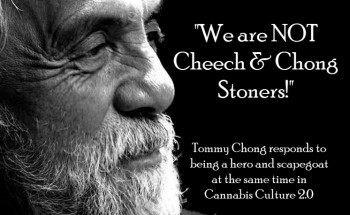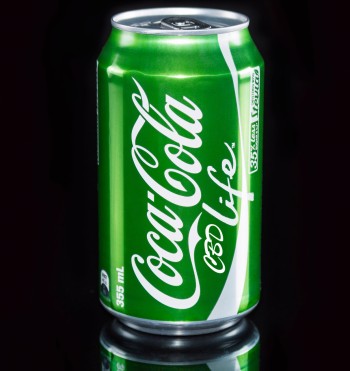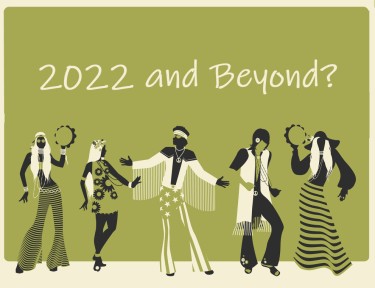
As we’re ending 2021 and entering into the third year of a pandemic, the trend of global cannabis legalization is only gaining traction. While I may have mis predicted that cannabis was going to be legalized in North America during 2021 – the truth of the matter is that it’s probably going to happen sometime in 2022. Congress in the US said that they will be taking up the matter in the spring of 2022, and further down south, the Mexican Senate is also going to be taking a vote in the first quarter of the year.
With all of these changes happening on a legal level – one can only wonder what will happen to the culture that helped impulse the movement of cannabis legalization. I’m talking about Stoner Culture – that currently still exists, but might fade away in the near future. Perhaps, it might not fade in its entirety but it may evolve into something completely different. In today’s article we’ll be taking a closer look at how stoner culture has evolved over the years and how it may be fading away in the near future – that is of course, unless a few good stoners remain loyal to their core.
The Dawn of Stoner Culture
Stoner culture is the counterculture. The counterculture was birthed out of the opposition of drug prohibition and only really “took off” during the 1960s & 1970s. It came as a response to aggressive anti-drug rhetoric that was sponsored by the government in which those who were smoking cannabis were dubbed as “stoners”.
Originally, a “Stoner” was a reference to boozehounds, but during the 1960s and 1970s when cannabis became the drug of choice for the counterculture – the term was translated to this subculture. These people were typically seen as “outsiders”, “slackers”, and essentially the non-desirables of the time. The ostracization of this demographic was intended to make those who partake feel like “second-hand citizens” and was designed to appeal to the patriotic ideals of the masses.
Unfortunately, the PSAs were so ridiculous and the government propaganda grossly exaggerated the effects of marijuana that when people who did smoke weed saw these things, they identified with it instead of being “repulsed” by the ostracization. As a result, the term “stoner” gained grounds and eventually you’d see the concept creep into the counterculture.
“Sticking it to the man” became as simple as smoking a joint and thus, smoking cannabis was a revolutionary action. Furthermore, with people like Jack Herer, High Times, and other counterculture magazines of the time – it gave a unified voice to the people. Given the therapeutic benefits of cannabis and that it helped some people where pharmaceuticals failed – the “cause” became more than just sticking it to the man, it became a matter of human rights, health, and medicine.
The Normalization of the Counterculture
In the late 1990s, cannabis became legalized for medical purposes in places like California. This happened because another underground culture – that of the Gay Rights Movement which was suffering the heaviest blow from the HIV/AIDS pandemic – found that cannabis helped with Wasting Syndrome and helps stimulate appetite – both side effects of HIV/AIDS.
Therefore, the counterculture which was largely seen as a non-threat to the establishment; naturally aligned with the objectives of the Gay Rights Movement and as a result – Medical Cannabis became the avenue for legalization.
Of course, this merger didn’t mean that the Stoner Culture disappeared. Rather, they became the “comic relief” in movies, sitcoms, and music. This allowed the general public to become comfortable with stoners in general and eventually in 2012 – enough support was gained to push for the first recreational push in Colorado and Washington.
When “The Man” became Stoner…
Since 2012, we have seen corporatism enter the cannabis field and warp what cannabis is. At some point since then, even the word “marijuana” was seen as potentially “offensive”. Corporatism is Woke-ism which appeals to the widest demographics. This means their ultimate objective is to be an “ally” to the majority and thus – a Stoner no longer fit the bill.
I’ve been reporting on cannabis for over ten years now and have seen the evolution of the cannabis industry. While strain names and stores still have the “stoner feel” to it, the truth of the matter is that “stonerism” is far removed from modern cannabis.
With people like Justin Bieber jumping in on the game and “high end” weed becoming the main product the industry pushes – cannabis no longer reflects what it was pre-1997.
The cannabis user of today is the Poser, or the narc of yesterday. But the cannabis user of today also spends significantly more than the stoner of yesterday. Which brings us to the question – will stoner culture survive.
The Death of Stoner?
Corporatism aims to sell a product to the masses and freedom loving stoners might not fit the bill. While the subculture still exists, it is no longer seen as a “shadow activity”. It is no longer revolutionary. Within the realm of modern cannabis, the Stoner is a dying breed.
But will the stoner ever go away?
I don’t think so – at least not while I’m still alive and writing to the masses. The stoner is simply evolving and still remains very counterculture. It’s the stoners of the world that still distrust the government. It’s the stoners of the world that would resist government overreach mainly because throughout their entire lives – they were willing to sacrifice their freedom for the right of everyone to smoke.
Stoners are revolutionaries and while many modern cannabis consumers don’t reflect the ethos of the stoner – the spirit of stoner will always remain strong. In fact, we need to give thanks to the millions of stoners that paved the way to what the cannabis industry is today.
So if you have read up until this point let me ask you a plain and simple question – “Will the OG Stoners please speak up!”
Are you a stoner? Let me know in the comments!
WE ARE NOT A BUNCH OF STONERS, THE NEW MARIJUANA SLOGAN, READ MORE..
CAN STONER CULTURE SURVIVE, STEVE DEANGELO HAS A STRONG IDEA!

